by Alessandra Ressa
“Dear Santa, could you please repair our tram?” A boy called Cosimo asked Santa Claus for this present for Christmas 2020. A heartbreaking note, handwritten by a child accompanied by a beautiful drawing of Trieste’s iconic blue tram has been copied and posted on every tram’s pole and stop from Piazza Scorcola all the way to Opicina.
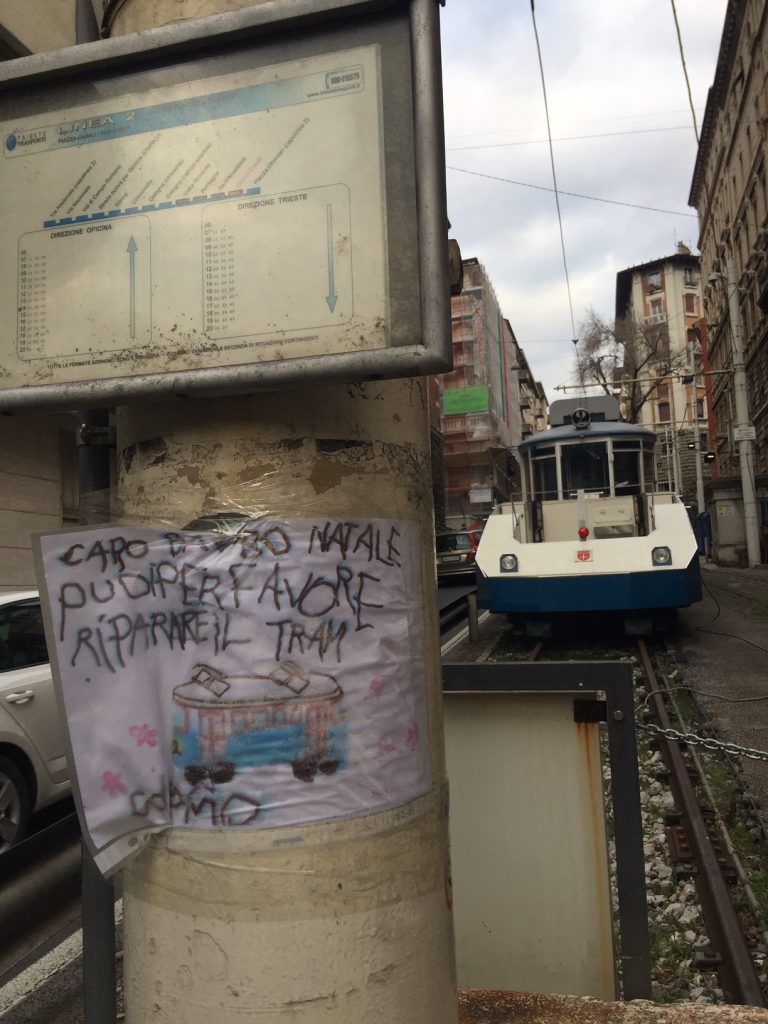
Not even Santa Claus, however, was able to restore the tram’s service, and little Cosimo must have felt very disappointed. Pleas and complains became louder after Trieste’s municipality failed to keep its latest promise to have it back on track and working by January 12th.
On social networks and through local media, the mood is heating up. Triestini appear to be angry and disappointed, many are now fearing for their beloved cable car to end up in a deposit forever, like many of Trieste’s trams.

Pride and joy of the Hapsburg empire, from the beginning of the last century and until the 1970s Trieste boasted one of the most efficient tram systems of Europe. Unfortunately, with the economic boom of the 1960s and the easy car accessibility, the city felt the need to systematically get rid of what was believed to be old-fashioned, slow, bulky and expensive public transport.
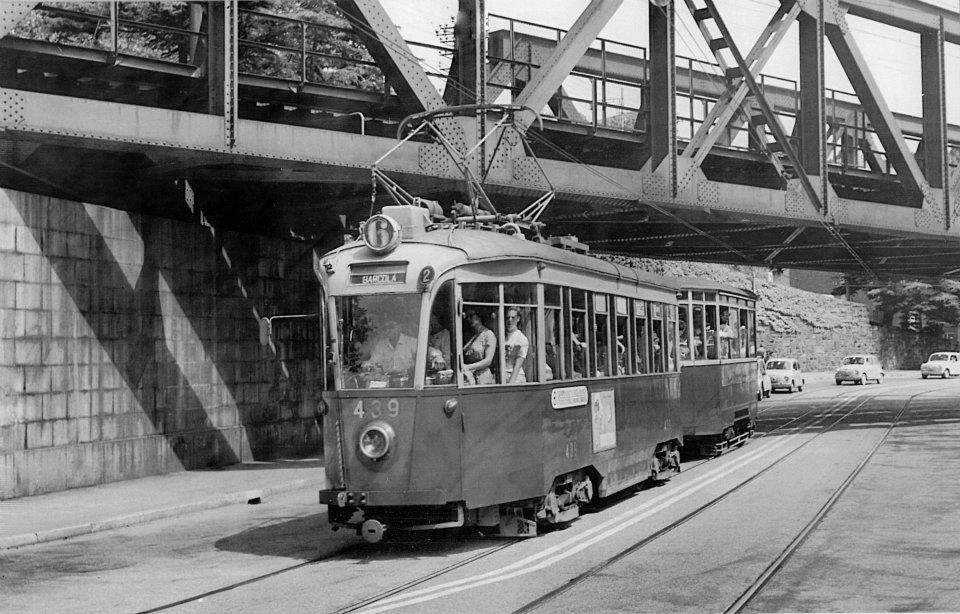
While other cities in Northern Europe invested in more efficient ways to implement public transport, all the electric lines connecting the city center to Trieste’s suburbs were dismantled in the late 1970s.
Today, all cable cars have been sold or left to rot in deposits. A few could be seen on display at the Railway Museum (Museo Ferroviario), now closed until further notice due to Covid19. The only survivor of Trieste’s tram network was line n.2, the historical streetcar connecting Piazza Oberdan to Opicina.
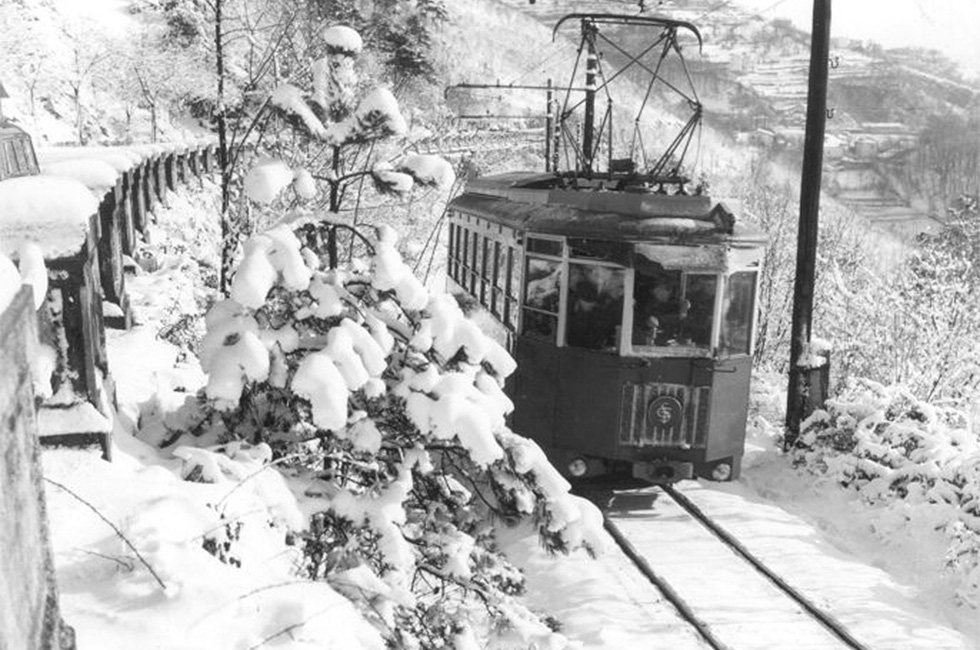
However, like the very popular Trieste song in dialect says, “the tram of Opicina was born unlucky” (E anche el tram de Opcina xe nato disgrazià). In August 2016, two cable cars crashed into each other. One of the two trams was doing a test ride downhill, while the other, going uphill, was carrying passengers (several were tourists among the commuters and aficionado hikers).

Nine people were injured and needed medical treatment, including the two drivers. Since then, line n. 2 has stopped. In four and a half years many promises have been made by public administration (the return of the tram was treated as a priority during the past political campaign) yet, as nothing happened to this day, it has become a source of endless embarrassment for Mayor Dipiazza, who blames the contractors and subcontractors for inefficiency and delays.
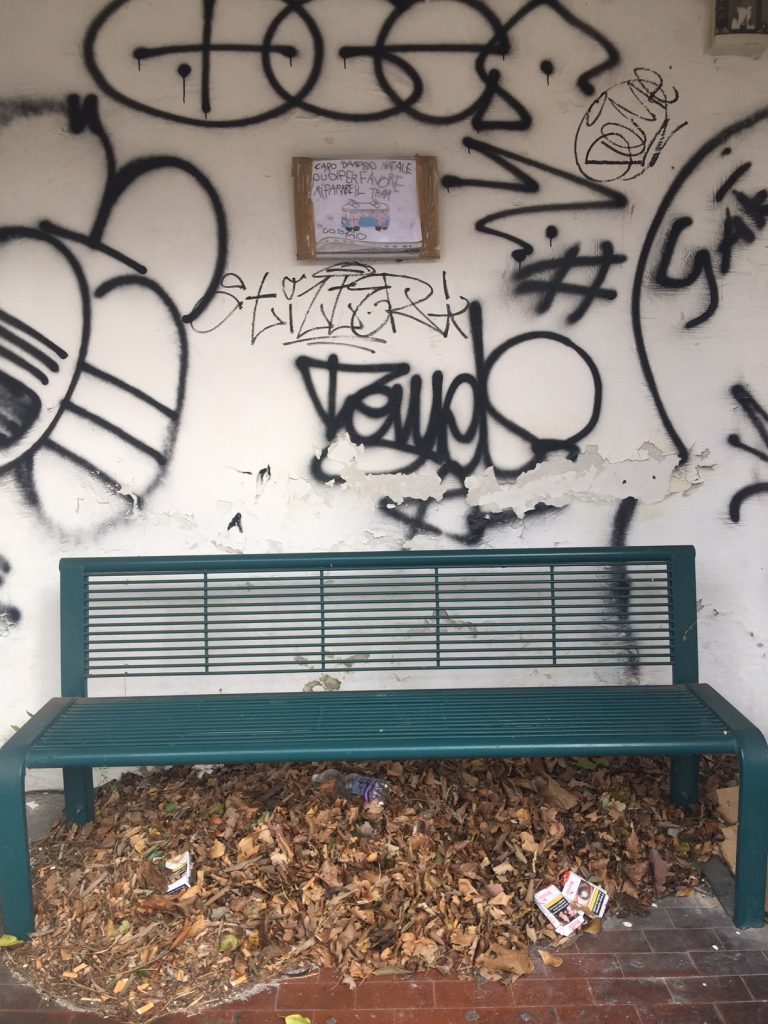
A true symbol of Trieste, the tram connecting the city to Opicina covered little over five kilometers with a 26% gradient. It offered spectacular views of the city and was one of the must-do things for tourists visiting Trieste. The tram was officially launched in 1902 when Trieste was the pulsating and fast developing Austrian urban jewel.
The tram was designed by a Jewish engineer Eugenio Geiringer, who lived in the castle at the top of Scorcola Hill (today’s European School). He was particularly sensitive to developing the hill where he chose to live, which soon became an exclusive area for Trieste’s wealthy families thanks to its cabled transport connection to the city center. Since then, with sporadic “unlucky” interruptions (it was even turned upside down by Bora, hence the popular song), streetcar n. 2 had never ceased service until that unfortunate day in August 2016.
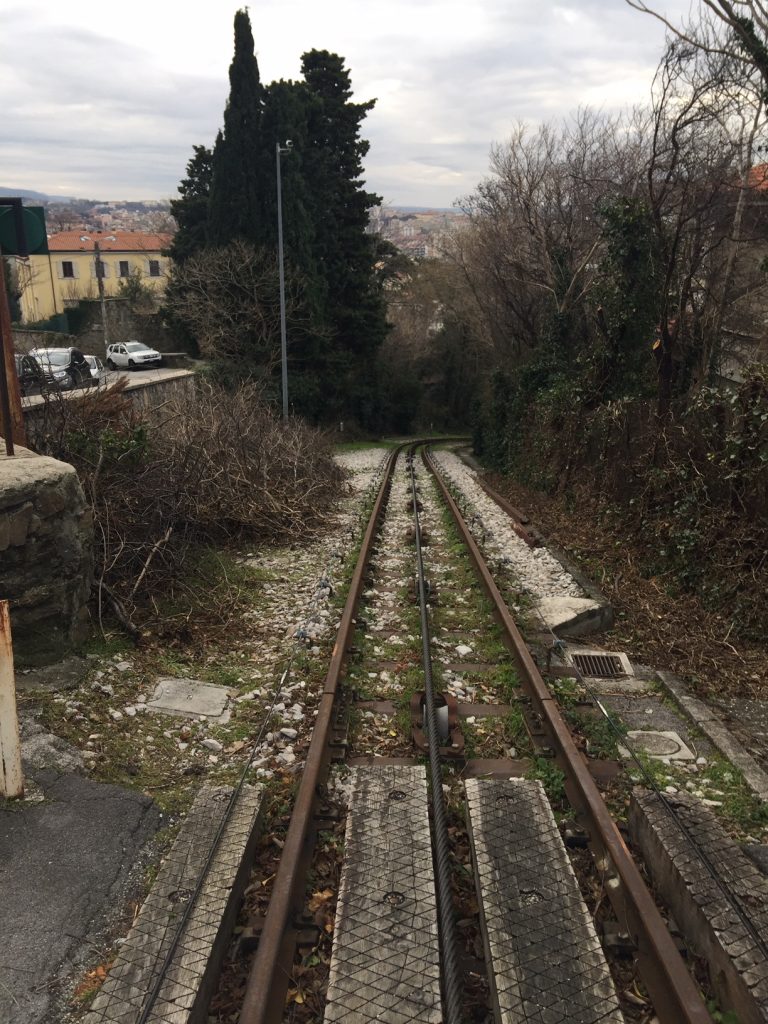
Delays, inefficiencies, neglect, bureaucracy, now even Covid19 priorities, have turned this iconic vehicle into a nuisance for the local administration. But Triestini don’t seem to be willing to put up with further delays.
Some tireless tram fans are checking the progress of work along the tracks on a daily basis, others have created groups on social networks. The oldest and most popular one since 2016 is “Salviamo il tram di Opicina” (Save the tram of Opicina) on Facebook.
Will little Cosimo have his wish granted by Santa for Christmas 2021? We surely hope so.

























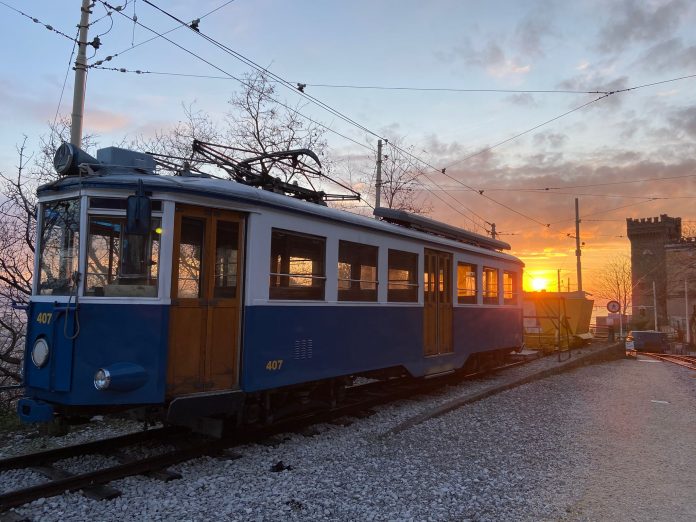




Is there my updates on when the tram might reopen? I’m hoping to travel from Trieste to Slovenia later this year and the tram ride was going to be one of the highlights. Fingers crossed…
Way way back in 1951 with mom and little sister, me 4yrs old, joined dad from Dalmacia in DP camp in Opicina fleeing Titos commies in Yugoslavia. Other camp was San Saba where men and boys kept apart from the women. Lovely city Trieste, know bus station well last trip through 2004, flew into airport from Napola in 2003, great train ride into town and buses out through Slovenia to Zagreb.